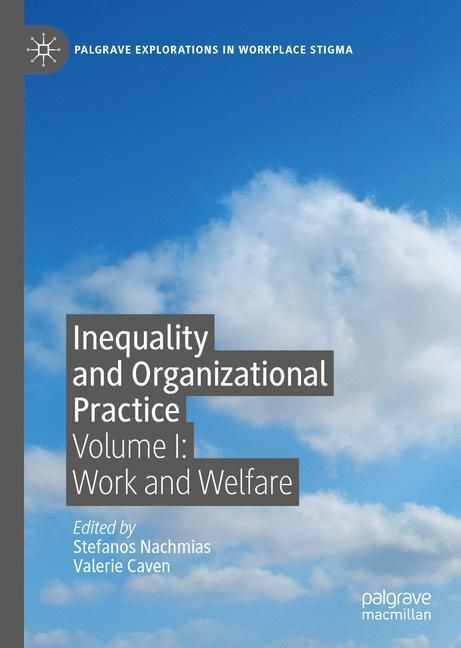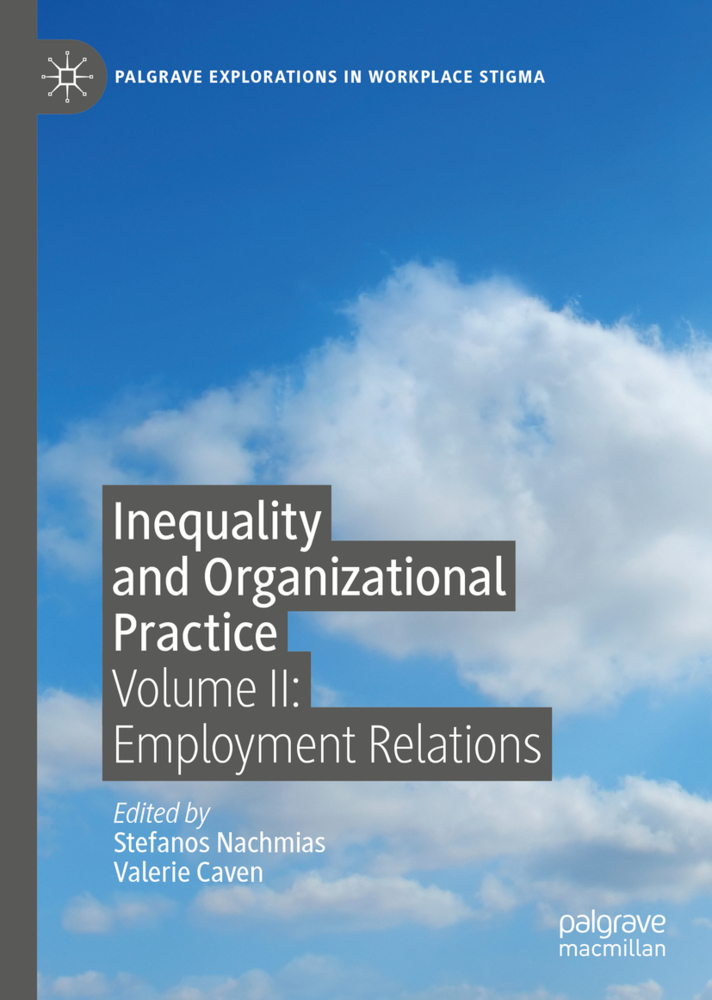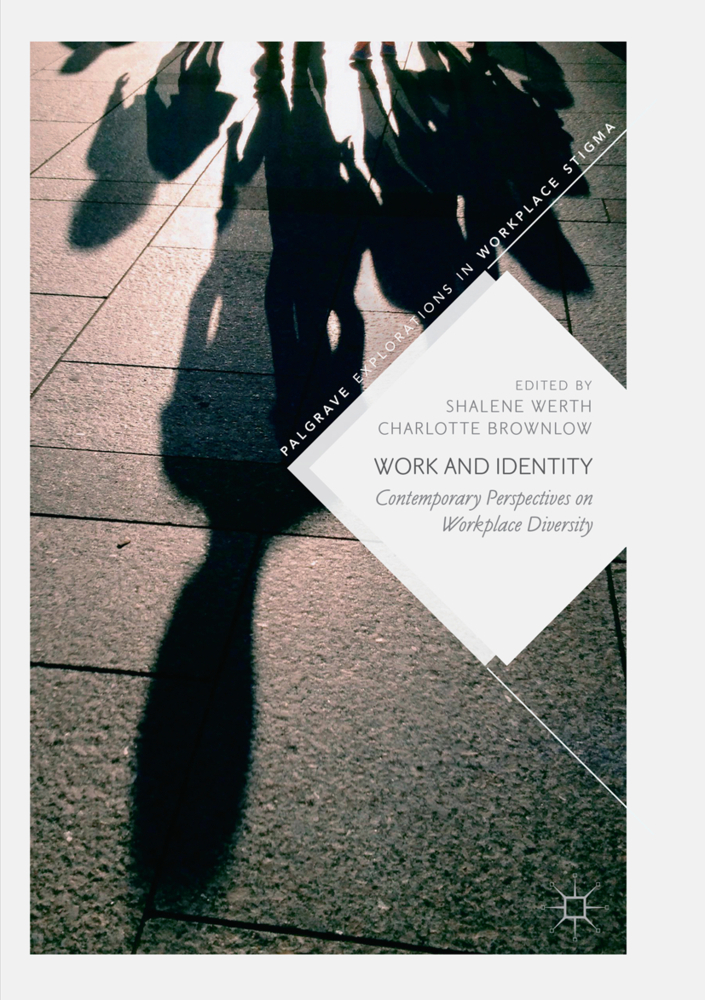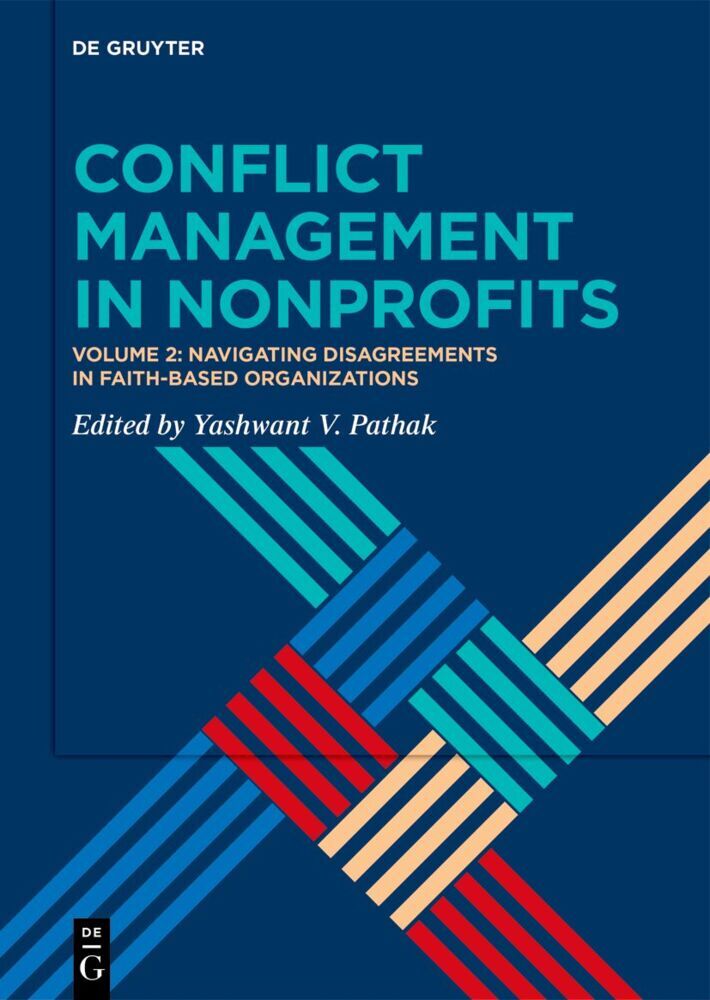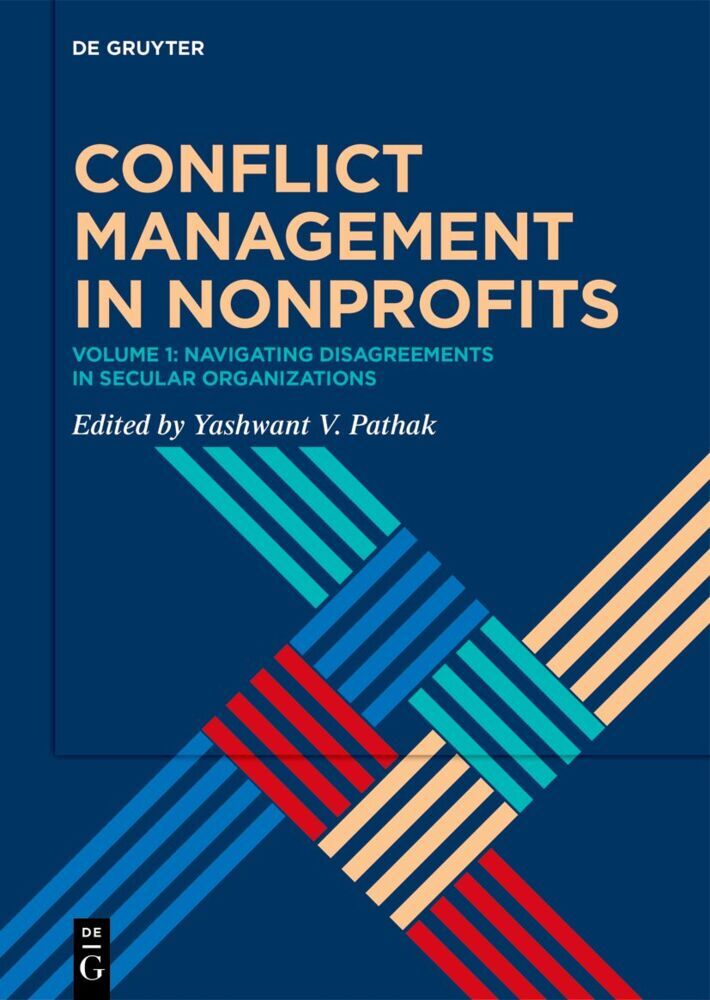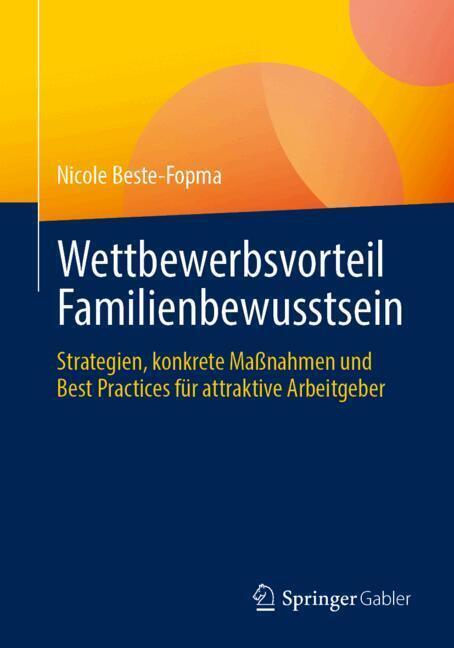Inequality and Organizational Practice
Volume I: Work and Welfare
Bringing together international authors, this edited collection addresses the need for greater inclusivity within organizational policy and practice, in order to tackle both visible and invisible inequalities amongst employees. Evidence suggests that more positive employment relationships can be brought about by tackling diversity issues, yet there are still 'grey areas' existing in the current legislative framework. Volume I explores the way that these hidden inequalities can be used to identify an individual as 'other,' and how this ultimately affects their wellbeing and welfare at work. Analysing social justice and stigma, as well as nuanced issues within the workplace, this book is a thought-provoking read for scholars of HRM, practitioners and policy-makers.
Stefanos Nachmias is Principal Lecturer at Nottingham Trent University, Nottingham Business School, UK. He is experienced in developing and delivering diversity awareness educational programmes and supporting organizations in addressing equality issues. His research interests include an assessment of line managers' diversity needs, gender in the workplace and employment practices.
Valerie Caven is Senior Lecturer at Nottingham Trent University, Nottingham Business School, UK. She holds an Academic Fellowship of the Chartered Institute of Personnel and Development and is a Fellow of the Higher Education Academy. Her research interests include gendered work and policy failure leading to hidden inequalities.
1;Preface;6 1.1;References;8 2;Acknowledgements;9 3;Contents;10 4;Notes on Contributors;16 5;List of Tables;22 6;1: Inequality and Organisational Practice: Work and Welfare;24 6.1;1.1 Background and Introduction to Key Issues;24 6.2;1.2 Aims and Objectives;27 6.3;1.3 Volume Content;30 6.4;1.4 Concluding Remarks;34 6.5;References;35 7;2: The Legal Framework on Diversity and Equality;38 7.1;2.1 Introduction;38 7.2;2.2 The Legal Framework;40 7.2.1;2.2.1 The British Legal System;40 7.2.2;2.2.2 The EU Framework;43 7.3;2.3 Discrimination, Harassment and Victimisation;44 7.4;2.4 Impact of the Legal Framework in the Workplace;46 7.4.1;2.4.1 Theory Versus Reality;46 7.4.2;2.4.2 Discrimination and Hidden Inequality;48 7.4.3;2.4.3 Criticism on the Equality Act 2010;49 7.5;2.5 Conclusion and Implications;55 7.6;References;56 8;3: Expert Leadership and Hidden Inequalities in Community Projects;60 8.1;3.1 Introduction;60 8.2;3.2 Realist Evaluation Protocol;62 8.3;3.3 Phase One: Exploring the Literature and Context;63 8.3.1;3.3.1 What Is a Community of Heritage?;63 8.3.2;3.3.2 The Politics of Identity and Leadership;67 8.3.3;3.3.3 The Context: Case Study;69 8.4;3.4 Phase Two: The Realist Review;72 8.5;3.5 Theory Refinement;75 8.6;3.6 Conclusion;80 8.7;References;82 9;4: Mentoring and the Older Worker in Contemporary Organisations: The Australian Case;88 9.1;4.1 Introduction;88 9.2;4.2 What Is Mentoring?;90 9.3;4.3 Age, Mentoring and Contemporary Workplaces;91 9.3.1;4.3.1 Developmental and Learning Theories;93 9.4;4.4 Mentoring the Older Worker and Hidden Inequalities;95 9.4.1;4.4.1 Societal Norms on Age;97 9.4.2;4.4.2 The Matching Process and Age;98 9.4.3;4.4.3 Generational Differences;99 9.5;4.5 Implications for Practice and Research;101 9.6;4.6 Recommendations for Practice;104 9.7;4.7 Conclusion;107 9.8;References;108 10;5: Non-binary Gender Identities in Legislation, Employment Practices and HRM Research;112 10.1;5.1 Introduction;112 10.2;5.2 Constructs of Gender and Non-binary Identities;115 10.3;5.3 Gender Identity as a Protected Characteristic? The Legislative Perspective;118 10.3.1;5.3.1 New Law? Gender Identity (Protected Characteristic) Bill 2016-17;120 10.4;5.4 Non-binary Identities in the Workplace;121 10.4.1;5.4.1 Gendered Organisations;122 10.5;5.5 Towards an Inclusive Organisation;125 10.6;5.6 Researching Non-binary Identities;127 10.7;5.7 Conclusion and Implications;130 10.8;References;132 11;6: Gender-Based Favouritism in Workplace Training;138 11.1;6.1 Introduction;138 11.2;6.2 Gender Equality Movements in a Nutshell, and Key Facts on Gender Participation in the Labour Market Across the Globe;140 11.3;6.3 Theoretical Interpretations of Gender Segregation in Workplace Training;143 11.4;6.4 Deterrents to Gender Equality in Workplace Training;147 11.5;6.5 Evidence on Gender-Training Gap Across the Globe;151 11.6;6.6 Concluding Remarks;153 11.7;References;155 12;7: Transgender and Gender Non-conforming People in the Workplace: Direct and Invisible Discrimination;163 12.1;7.1 Introduction and Purpose;163 12.2;7.2 Some Statistics;166 12.3;7.3 Methodological Note;167 12.4;7.4 Reflections on Gender Identity in Organisations;168 12.5;7.5 Findings and Discussion;170 12.6;7.6 Relational and Practical Factors Related to TGNC Inclusion;173 12.6.1;7.6.1 The Relational Factors;173 12.6.2;7.6.2 The Practical Factors;176 12.7;7.7 Conclusion;178 12.8;References;180 13;8: Avoiding Hidden Inequalities in Challenging Times: Can Talent Management Help?;183 13.1;8.1 Introduction and Background;183 13.2;8.2 Understanding the Concept of Talent Management;185 13.3;8.3 Exploring the Relationship of Talent Management and Hidden Inequalities;187 13.4;8.4 Putting Talent Online: Making the Hidden Unhidden;190 13.5;8.5 Challenges for Talent Management;191 13.6;8.6 Case Studies;193 13.6.1;8.6.1 Case Study 1: The Talent of Language;194 13.6.2;8.6.2 Case Study 2: Public Versus Private Organisations;197 13.6.3;8.6.3 Case Study 3: Saudisation;199 13.6.4;8.6.4 C
Nachmias, Stefanos
Caven, Valerie
| ISBN | 9783030116446 |
|---|---|
| Artikelnummer | 9783030116446 |
| Medientyp | E-Book - PDF |
| Copyrightjahr | 2019 |
| Verlag | Palgrave Macmillan |
| Umfang | 310 Seiten |
| Sprache | Englisch |
| Kopierschutz | Digitales Wasserzeichen |

